Since the 1800s, alleged sightings of Noah’s Ark on Mount Ararat have kindled a hope of recovering the Ark intact. Certainly, for Bible believers, the finding of the Ark would be a major triumph in the search for archaeological confirmation of the Scriptures. Yet, despite many alleged sightings, nobody has been able to definitively prove that they have indeed found Noah’s Ark. If the Ark is on Mount Ararat, it’s large size should make it easy to find. So, why can’t we seem to find it?
The following article is a summary of A Review of the Search for Noah’s Ark by Anne Habermehl, and of the surrounding discussion and research pertaining to it. The views expressed do not necessarily reflect those of New Creation.
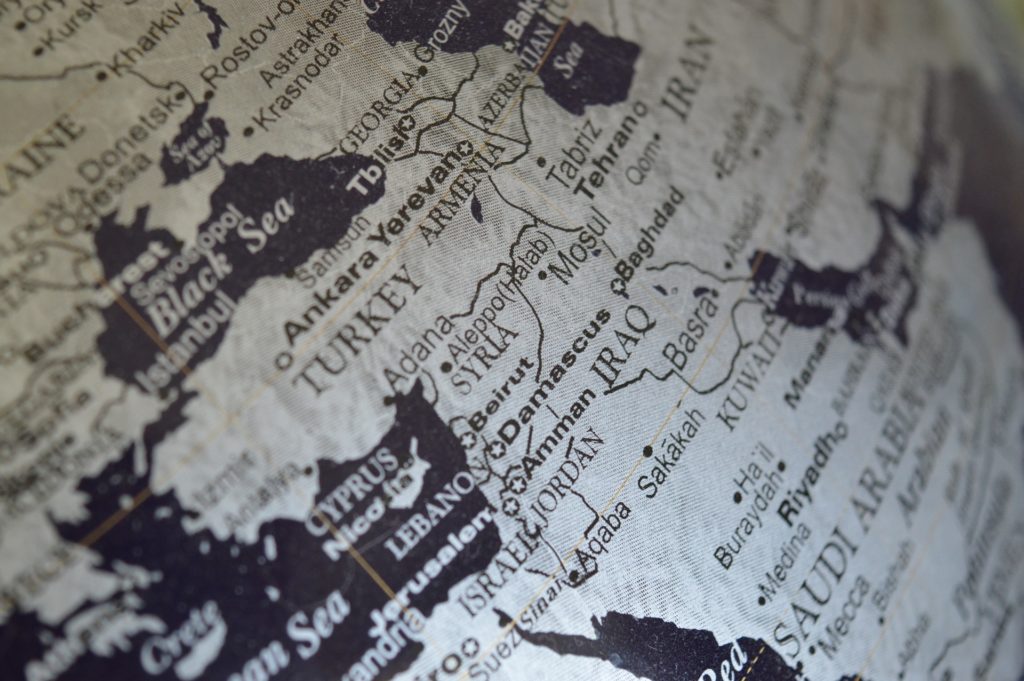
Scholars have offered a number of reasons why we haven’t found the Ark. Some researchers suggest that the mountain that we call Ararat today is not the biblical Mount Ararat at all. Perhaps the ark lies on other mountains such as Mt. Cudi in Turkey or a mountain in Iran. Another theory places it at Durupinar near Mount Ararat. Some geologists argue that Mount Ararat, which is volcanic, did not form until after the Flood. Since then, the mountain has erupted multiple times. The latest eruption occurred in 1840. If the mountain did not exist until after the Flood, it would have been impossible for the Ark to have landed there. Another consideration is that the ark may not have survived the thousands of years since Noah’s time.
In a 2008 article, Habermehl offers a brief review of the searches for the Ark that have taken place in the past two hundred years.1
What Does the Bible Say?
The Genesis account of the landing of the Ark offers three clues regarding its location. Those searching for the Ark should be aware of these clues.
The First Clue
First, Genesis 8:4 states that “the ark rested…upon the mountains of Ararat.” The Hebrew word for Ararat can also translate to Urartu. Urartu was an ancient kingdom which was later called Armenia in modern-day Iraq. Urartu was a mountainous region, so “the mountains of Urartu” does not specify a precise location.
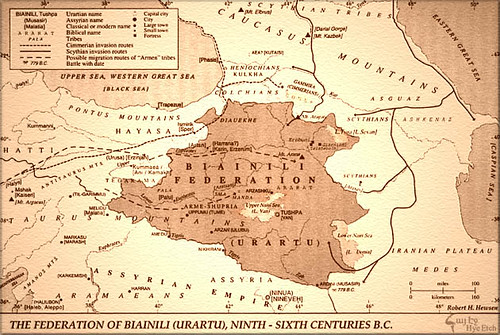
The borders of Urartu changed over time. It is difficult to know which borders should be applied to the text. If we use the borders of Urartu from the time that Moses wrote the book of Genesis, it was a small region, and did not include modern Mount Ararat. Later, the borders increased. By the 9th century BC (the time of Ezra) Mount Ararat was within the borders of Urartu.
The Second Clue
The second biblical clue comes from Genesis 8:5, which states that mountain tops became visible after the Ark had come to rest. The mountain tops became visible on a specific day. If they became visible due to receding waters, it seems unlikely that multiple mountain tops would become visible on the same day, since that would suggest that they were all exactly the same height. Rather, it is likely that a mist hid the mountain tops. On the day that the mist cleared, they became visible. Regardless, it seems likely that the ark was resting on one of the highest mountains, since it came to rest before the other mountain tops were visible.
The Third Clue

The third clue regarding the location of the ark comes from Genesis 11:2. This verse states that Noah’s descendents traveled from the east to a plain in the land of Shinar. The chapter continues with a description of the Tower of Babel event, which occurred in the land of Shinar. Although many researchers assume that Babylon marks the spot of Babel, this seems unlikely for several reasons. The word Babylon comes from a word meaning “Gate of the god,” while the word Babel is likely related to the Hebrew word for “confusion.” Additionally, Babylon is located not west but south of the three most popular locations for Noah’s Ark.
Thus, the three biblical clues regarding the location of Noah’s Ark is that it came to rest on the Mountains of Ararat (Urartu), on a high mountain, east of Babel. Habermehl believes that in order to find the correct location for Noah’s Ark, we must follow all three of these clues.
What Do Early Historical Records Say?
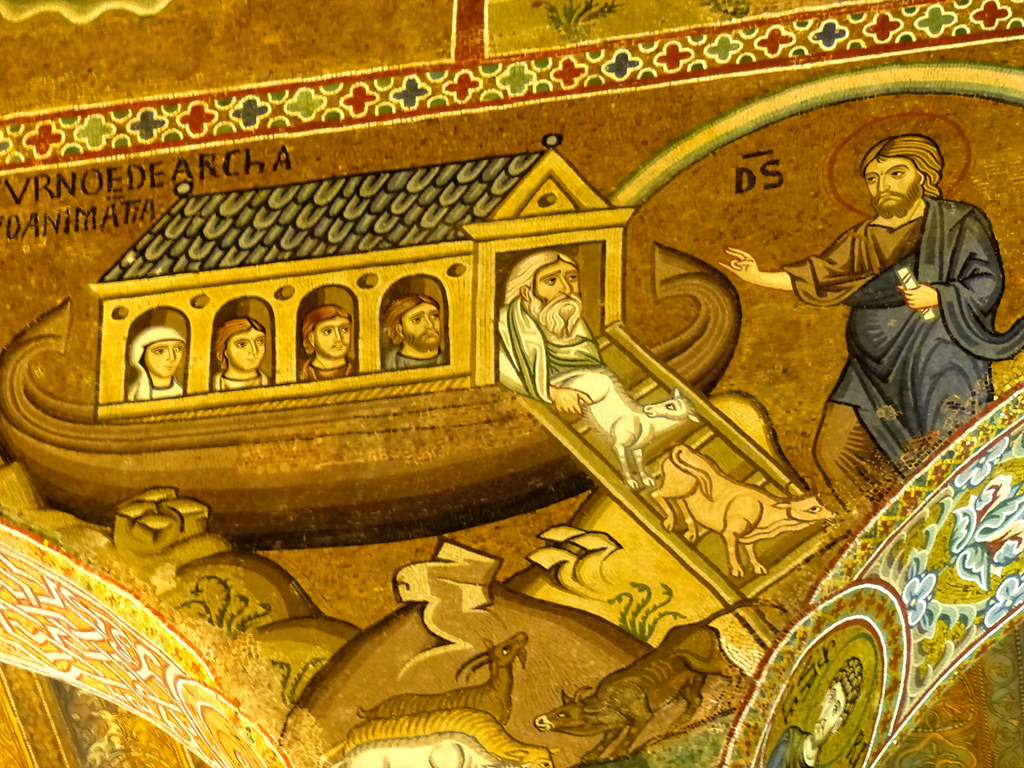
Until the 13th century AD, writers suggested that the location of the Ark was on Mount Cudi near the town of Cizre in southeastern Turkey. Mount Cudi is about 200 miles south of Mount Ararat. Although some early writings place the Ark at Jabel or Judi, these seem to be alternate names for Mount Cudi.
However, to further confuse the matter, in addition to Mount Cudi near Cizre, there are also several other Cudi or Judi mountains associated with the Ark tradition. Because the Quran (Sura Hood 11:44) places the ark on Mount Al-Judi (or Cudi), some Muslims associate the Ark with Mount Cudi near Cizre. However, another tradition linked the ark with Durupinar. Because of this, the Turkish government renamed that hill Mount Judi in order to link it with the Quran reference. However, some Muslim traditions place the Ark on the traditional Mount Ararat. Some have tried to associate the name Mount Judi with Mount Ararat.
Relocating the Ark from Mount Cudi to Mount Ararat
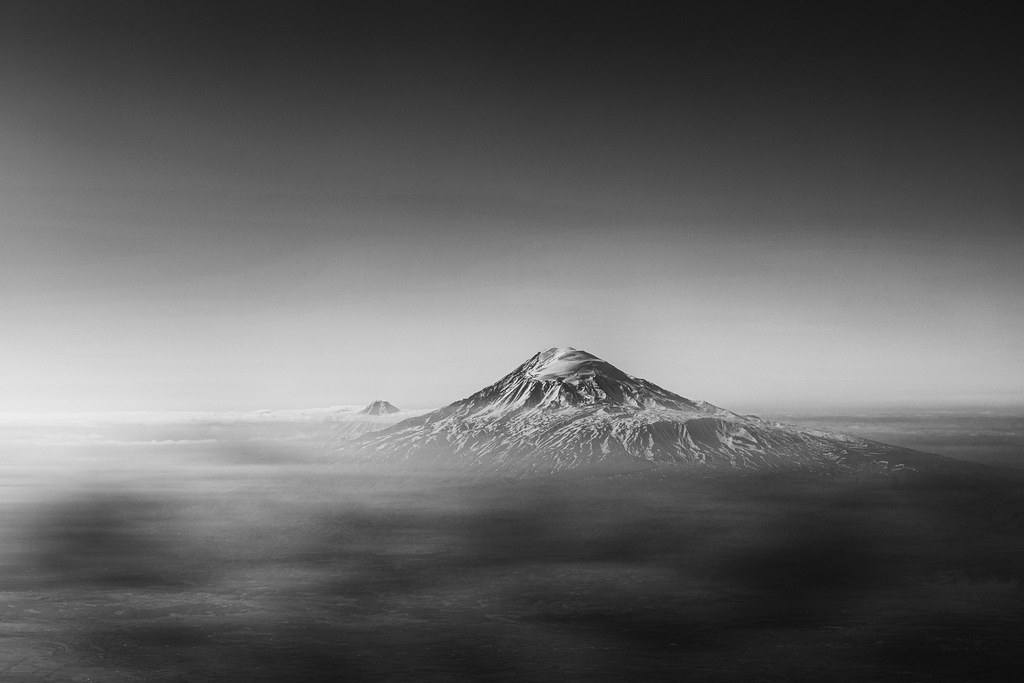
In the 12th or 13th century, popular belief regarding the location of the Ark shifted from Mount Cudi to Mount Ararat. This may be because the Armenian (Urartu) border shifted and no longer included Mount Cudi.
Both mountains have Ark traditions. At both sites there are villages known as “village of the eight,” of which Noah was the supposed founder. Both sites have legends in which the ark first touched down on another mountain before coming to its final resting place. Other duplicate sites present at both mountains include Noah’s vineyard and Noah’s grave.
Lanser2 suggests that Ark tradition was originally located at Mount Ararat but moved to Mount Cudi after snow, ice, or volcanic ash buried the Ark and made it impossible to find on Mount Ararat. He suggests that later, after recent alleged sightings of the Ark on Mount Ararat, the traditional location reverted to that mountain.
Recent Alleged Sightings of the Ark on Mount Ararat

Today, most people who believe in the historicity of the Genesis account seem to assume that the Ark is on modern Mount Ararat. There have been multiple alleged sightings of the Ark on Mount Ararat since 1800. Some claim that the ark is whole, others that it is broken up. According to some, it is smooth, to others, there are visible wood planks. The list goes on. It has, or does not have, a huge door in the side, a catwalk, and a boat-shaped bow. It is any variety of colors.
Problematic Sightings
However, Habermehl points out, problems exist with many of the Ark sightings. For some, closer inspection revealed that the object in question was not the Ark after all. Since Mount Ararat is a volcano, it features large blocks of basalt. These are frequently mistaken for the Ark, since, when seen at a distance, they can resemble a large ship. Many alleged Ark sightings turn out to be nothing more than one of these rock formations.
In other instances, the researchers could not find the object to examine it closer. Sometimes, photographs were lost, or the person who claimed to see the Ark was proven to be an unreliable witness. In some instances, witnesses disappeared or died. Many explorers have claimed to see, or even touch, the Ark without offering any proof at all.
Potentially Credible Sightings
However, despite the problems with many of the alleged Ark sighting stories, Habermehl proposes there are some Ark sightings that require serious consideration. These include statements by some reasonably reliable witnesses who have claimed to see wooden structures on Mount Ararat. Habermehl suggests that while these structures exist on Mount Ararat, they likely date to the “Medieval Warm Period,” a period of warmer temperature that lasted from 900 to 1300 AD. At this time, trees grew on the now treeless Mount Ararat. These trees would have provided wood to build structures on the mountain. Later, when the climate cooled down, ice would have formed, causing the inhabitants to abandon the area. Perhaps these structures were monasteries built to commemorate the mountain associated with the Ark.
Places Where the Ark Has Been “Found”
This section of the article discusses the various sites at which explorers have allegedly found the Ark. They include Mount Ararat, Mount Cudi, Durupinar, and the Elborz Mountains of Iran.
Mount Ararat
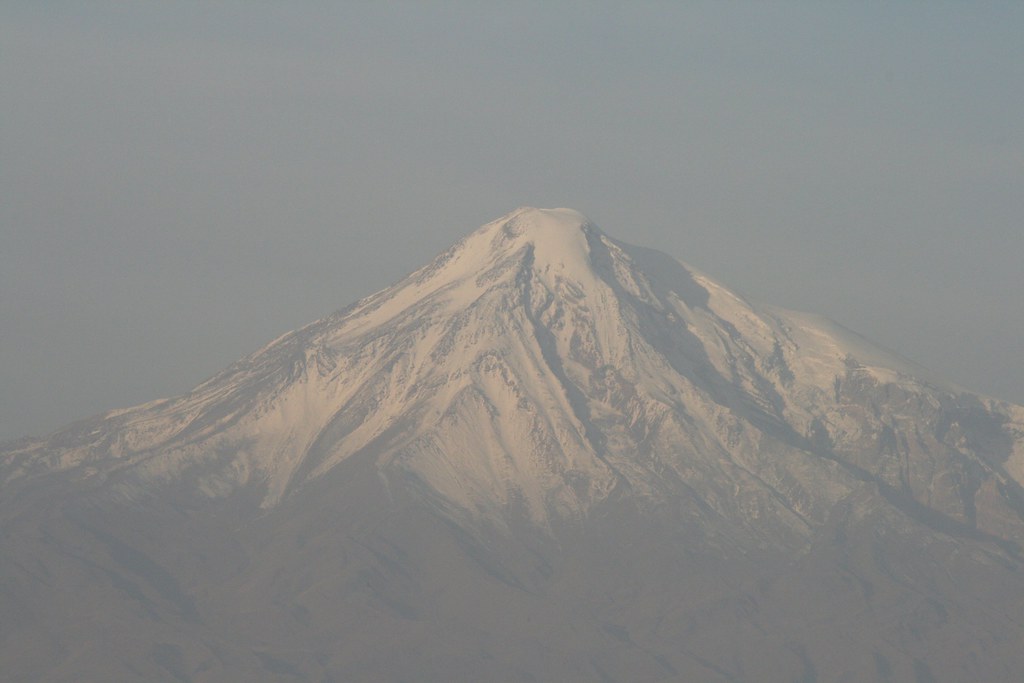
Mount Ararat rises to a height of 5,165 meters (3.2 miles). It is located in eastern Turkey. In the 1960s, Burdick3 suggested that Mount Ararat had already existed before the Flood, but that additional lava layers raised the height during the Flood. He claimed to have found evidence that the mountain was once underwater, presumably during the Flood.
Although scholars originally respected Burdick’s research, it later came to light that his claimed academic degrees were bogus. Therefore, his competence as a researcher came into question. Later research revealed that Mount Ararat does not display characteristics of an underwater volcano. Rather, it appears to have formed entirely above water.
Radioisotope dating suggests that the oldest possible age for the volcanic rock of Mount Ararat is 1.7 million years old by conventional dates. Habermehl, in converting this to a biblical time scale, places it at least a hundred years after the Flood. The rocks forming Mount Ararat are some of the most recent geological formations in the area.
Mount Cudi
Mount Cudi, which lies near Cizre in Turkey, is another potential Ark site. It lies east of a plain that Habermehl believes to be the plain associated with the Tower of Babel. At 2,089 meters (1.3 miles) high, Mount Cudi is non-volcanic with several monasteries on its slopes. One at the summit was known as the Cloister of the Ark, but it was destroyed by lightning in 766 AD.
Since Mount Cudi has been associated with the landing site of the Ark, it may have at one time been called Mount Ararat. Therefore, it is possible that some early alleged sightings of the Ark on Mount Ararat may have actually been at Mount Cudi rather than the mountain currently known as Mount Ararat. In recent history, a ship-shaped rock formation has been visible on Mount Cudi, which some may have mistaken for the Ark.
Durupinar Site
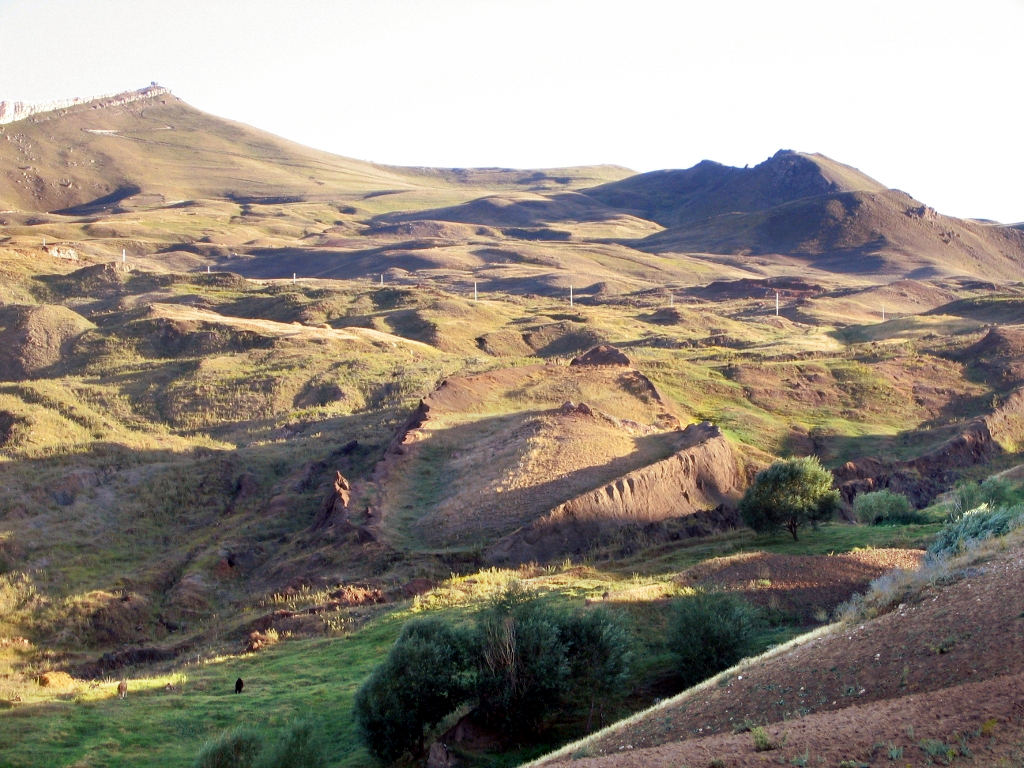
The Durupinar site is a boat-shaped formation located about 30 kilometers south of the summit of Mount Ararat. After Ilhan Durupinar brought it to the world’s attention in 1959, Ron Wyatt and David Fasold promoted the site as Noah’s Ark. The Turkish government declared this to be the official Ark site, and they built a visitor center there.
Geologists have confirmed that the Durupinar site is a naturally occurring geological formation.4 In fact, it is one of several similar formations in the area. There are standing stones in the area which Fasold suggested were drudge stones from the Ark, but these are instead ancient Turkish calendars with astronomical significance, as illustrated by similar stones throughout eastern Turkey.
Elborz Mountains (Iran)
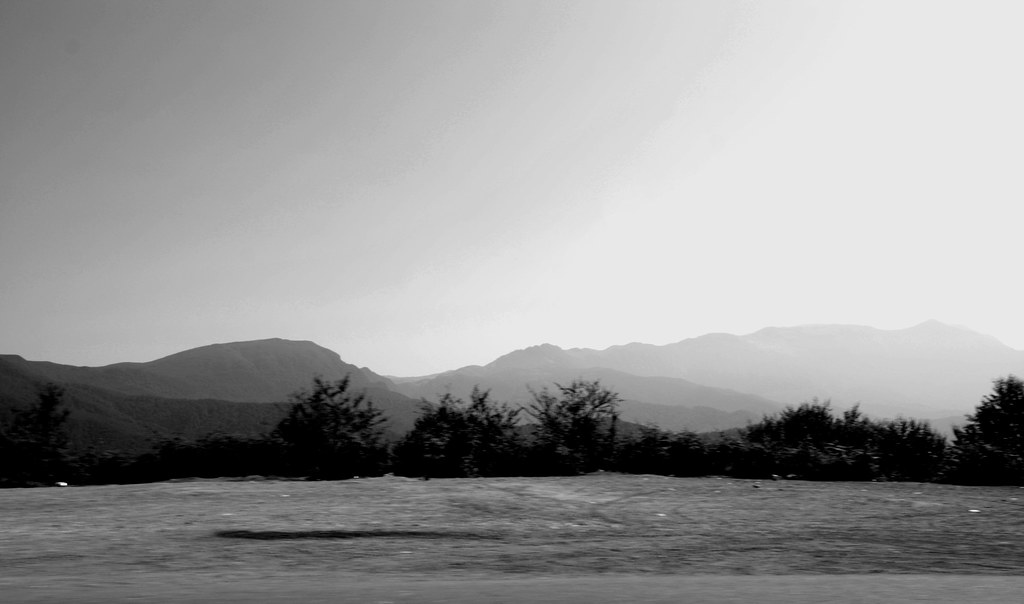
Bob Cornuke has suggested that Mount Sulieman in the Elborz Mountains of Iran may be the landing site of the Ark. If the Tower of Babel was located at Babylon, this could be an acceptable location for the Ark because of the mountain’s location east of Babylon, but this is not ideal since it lies significantly northeast of Babylon. Another problem is that Mount Sulieman does not seem to lie within the ancient boundaries of Urartu.
Other Sites
In addition to the popular Ark sites listed above, a variety of other sites have been suggested. These include Al Judi in Saudi Arabia and Mount Judi near Haran. Additionally, the Dasht-e Kavir desert in Iran and the desert of Sadi Arabia are among the proposed Ark sites. These desert sites seem unlikely due to their low elevation.
Searching for the Ark
Many people who believe in the historicity of the biblical account of Noah and the Flood are happy to believe this way from the comfort of their own homes. A few, however, leave their normal lives to search for the Ark. They become totally obsessed with their quest, and some become addicted to the search. It is assumed that the only cure for “Ark fever” would be actually finding the Ark itself.
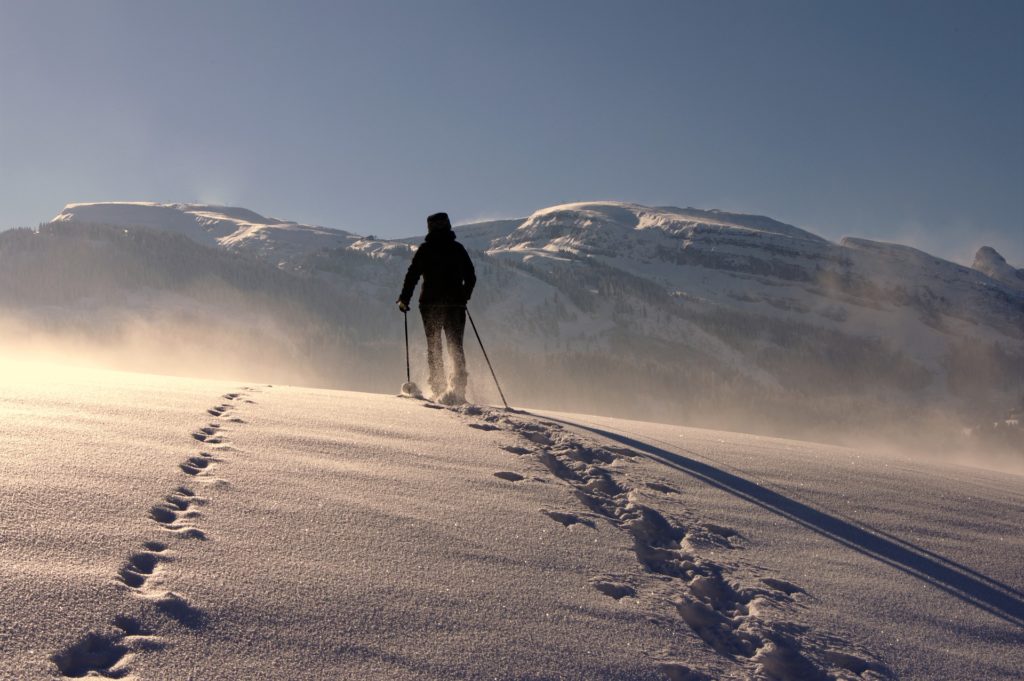
The search for the Ark is not an easy quest. It demands rigorous physical training and involves high-altitude rock climbing. It requires expensive equipment, extensive travel, and hard-to-obtain government permits. Dangers on the mountain itself include snowstorms, lightning, wind, severe cold, avalanches, wild animals, and altitude sickness. Searching for the Ark is not for the faint of heart. An unfortunate side effect of “Ark fever” is that the constant desire for excitement and glory can lead to intrigue, deceit, and false Ark sightings.
Modern technology has helped alleviate the risks of Ark hunting. Satellite imaging holds great potential in the search for the Ark. However, any Ark-looking object located in this way should be examined by a ground team to authenticate it.
The Ark Itself
What Does the Bible Say?
According to the biblical account (Genesis 6:14), the Ark was a large wooden floating vessel, but there is some debate on the exact dimensions of the Ark. According to Genesis 6:15, the Ark was 300 cubits long, 50 cubits wide, and 30 cubits high. However, the term cubit has carried a variety of meanings through time, ranging from 14 inches to 26.6 inches. For this reason, it is difficult to know exactly how long a cubit was in Noah’s time. It seems reasonable, but not certain, that it was equivalent to the ancient Mesopotamian cubit, since the Ark likely landed in that region. It seems that the only certain way to discover the actual dimensions of the Ark would be to discover it and measure it.
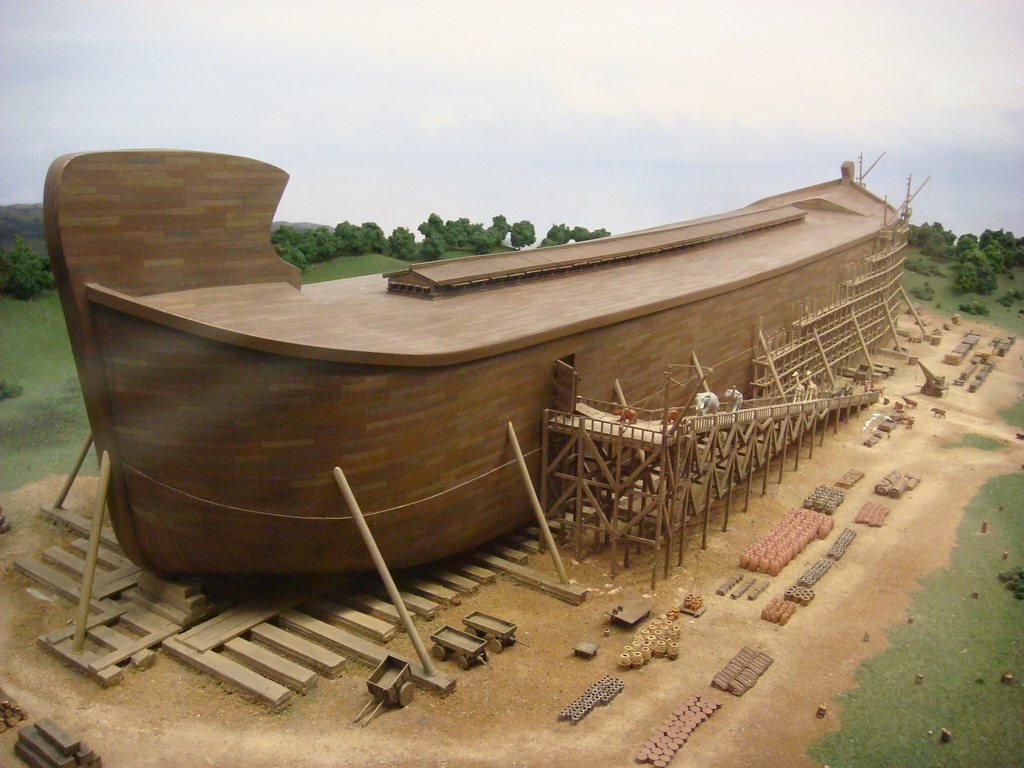
The shape of the ark is also debatable. The Hebrew word tebah refers to both Noah’s Ark and the basket in which Moses’ mother placed him (Exodus 2:3). It is not the same Hebrew word that refers to boats or ships. The actual meaning of tebah is unknown, although scholars generally assume that it refers to a box of some kind. It could also carry an implication of a place of protection. Artists from the past thousand years have produced a variety of renderings of the Ark. Renaissance writers thought that the Ark was pyramidal in shape. More recent renderings are often barge-like.
Noah built the Ark of gopher wood (Genesis 6:14), but there is no known gopher tree, leaving even the type of wood uncertain. While some researchers assume that it is an unknown variety of tree, others have suggested that it referred to laminated wood, bundles of reeds, or resinous wood.
What Might Remain of the Ark?
If the Ark still exists, there is little agreement as to its state of preservation. There are several possibilities. It could be whole or broken into large pieces. There could be only a few broken planks surviving or only little bits of wood and pitch. If the Ark has survived intact or in large pieces, it must have been somehow protected over the past millennia, since the natural downward movement of ice on the mountain slopes would tend to break up a large ship resting high on the mountain.
Is it Petrified?

Some eyewitnesses have suggested that the Ark was petrified. In order for the Ark to petrify, it would need to be permeated by a mineral-rich solution. This seems unlikely for a ship resting on a mountain side. Furthermore, the pitch coating on the Ark would have made it less likely to absorb a mineral solution.
Is it Still Intact?
Ancient literature refers to the Ark as “the remains,” suggesting that it was not intact even 2000 years ago. Other reports state that ancient pilgrims to the site took small pieces of it as souvenirs and that the last remaining beams of wood were used in the construction of a mosque. If this is true, it would be difficult to locate the original landing site of the Ark, since most, if not all of the remains of the ark are no longer there.
In 1953, Friedrick Bender, a German geologist, climbed Mount Cudi to a location where locals had informed him that he could find pieces of wood from the Ark. He reported that he dug a meter below the snow and discovered crumbly wood remains held together by asphalt- or tar- like substance. If what he found was part of the Ark, then very little remains of it. However, it could be worthwhile to conduct an archaeological excavation at the site.
How Can We Know if Someone Finds the Ark?

Some factors that may come into play in the identification of the Ark are its size, material, and dating of the wood. However, it is possible that not enough of the Ark remains intact to obtain a good measurement. Furthermore, we are not sure what gopher wood is, so it may be hard to identify it based on the material. The possibility exists of using Carbon-14 testing to date the wood of the Ark. However, Carbon-14 dating may be unreliable, especially in the case of the Ark, which was constructed of pre-Flood wood. It seems doubtful that pre-Flood organic material would intake the same ratio of Carbon-14 as today’s organic material, which would drastically upset the clock. For all these reasons, it may be very difficult for researchers and explorers to prove that they found pieces of or artifacts from the Ark.
Continued Interest in the Ark
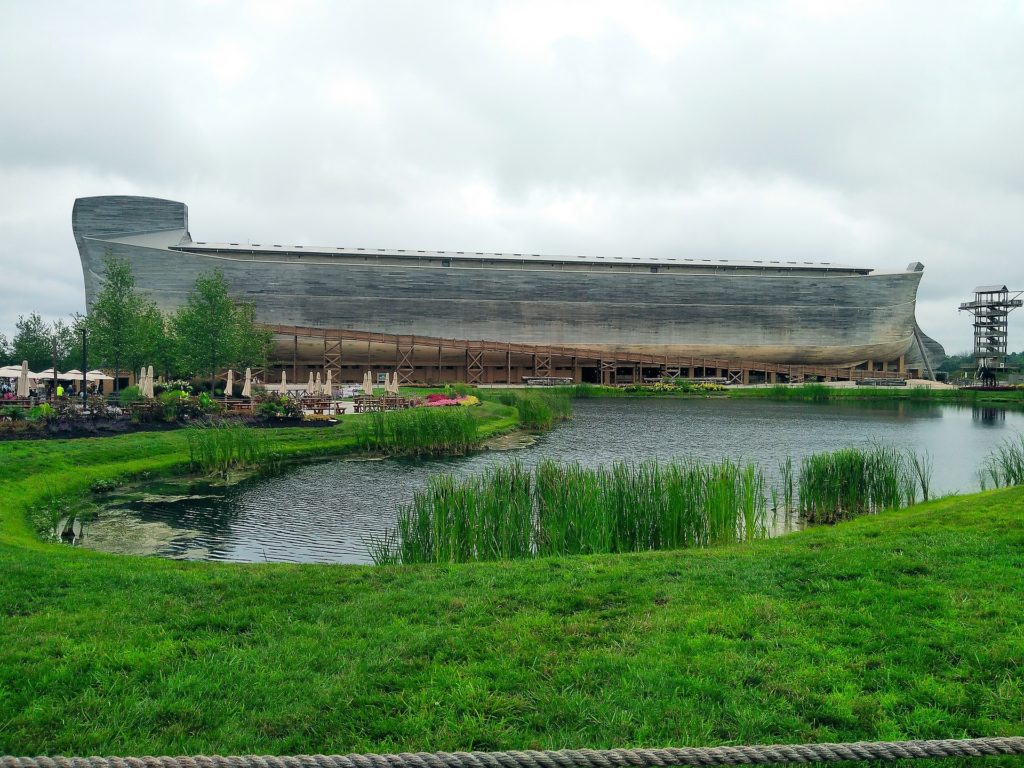
Within the Bible-believing Christian community, interest in the Ark remains high. News stories frequently feature satellite photos of anomalies on Mount Ararat, while documentaries and films have highlighted the continued search for Noah’s Ark. A half-sized Ark replica is open to visitors in Holland, and Answers in Genesis constructed a full-sized Ark replica in Kentucky.
Conclusions
The Ark cannot have landed on the mountain currently known as Mount Ararat since the mountain likely did not exist until after the Flood. By contrast, Mount Cudi, near Cizre, Turkey, seems to be the most likely Ark landing site. It is doubtful that anyone has actually seen the Ark in modern times, since none of the alleged sightings hold up to close examination.
It is further unlikely that much of the Ark still exists today because of the high probability that erosion and scavengers have largely destroyed it. Unfortunately, problems with Carbon-14 dating may make it difficult to prove that any samples are the right age to have come from the Ark. More archaeological work is required to prove the Ark’s landing spot anywhere. However, it is likely that no matter what is found in any given location, there are those who will remain skeptical. Nevertheless, interest in finding the Ark continues, and the search will go on.
Footnotes
- Habermehl, Anne. 2008. “A Review of the Search for Noah’s Ark.” Proceedings of the Sixth International Conference on Creationism, 485–502. ↩︎
- Lanser, Rick. 2006. “The Case for Ararat,” Bible and Spade 19(4), 115–116. ↩︎
- Burdick, C.L. 1967. “Ararat, the Mother of Mountains,” Creation Research Society Quarterly 4(1). ↩︎
- Snelling, A.A. 1992. “Special report: Amazing ‘ark’ expose.” Creation Magazine 14(4), 26–38. ↩︎

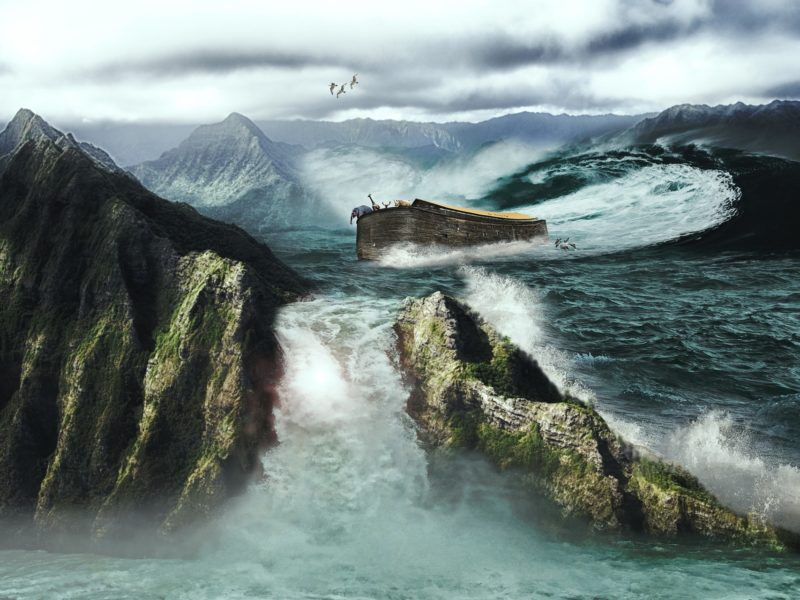
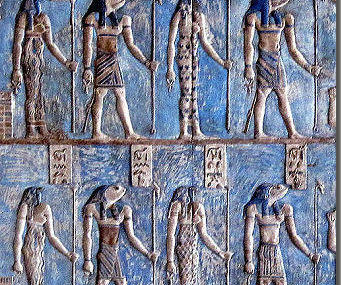
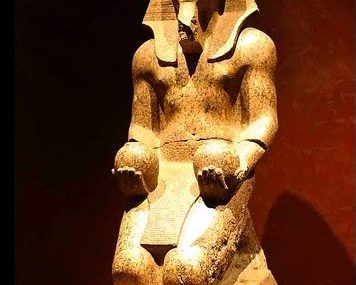
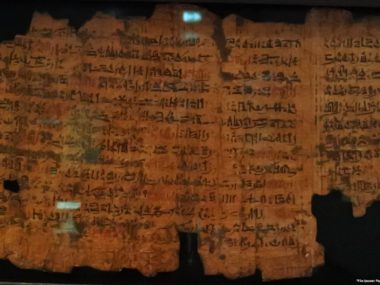
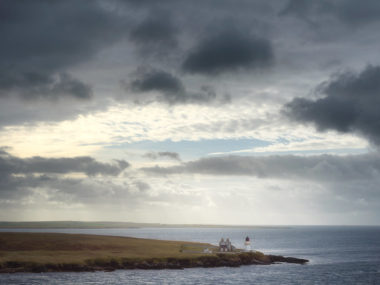
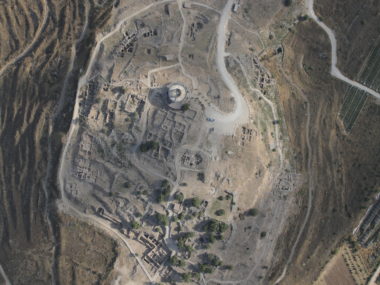
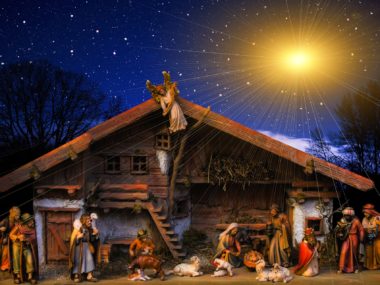




interesting article. I do see babel as babylon anyways the moving east works fine. The mts of Ararat does mean the Mts of that country well known in those days. The ark simply landed within some cluster of mts. However its not interesting beyond that. its not there and won’t be found. decay would destroy all.
I do not think we could judge the effects of decay on unknown wood or the “bitumen” that was used to pitch it. I do agree it is in peices at best though due to the scraping of it.
Hi everybody. Even when there are still many unsolved questions about if actual Mount Ararat is the true Noah’s Ark’s landing place, my personal opinion is that Mount Ararat hides the Ark. There are some specific places on the mountain that hides several broken pieces from the top to the 4,500 feet high level, where there is a big piece hidden at the edge of a dropped off, it is in a north-south position with one end higher than the other in a very difficult access area. Sadly, it is now covered with ice, snow, rocks and dirt, but the melted actual high temperatures will finally reveal the enigma some day. The other pieces are scattered on the mountain in that specific side where many have searched in the past. The Ark is there, not intact, but in several pieces.
,
Hi Jose,
Thank you for your comment. It is quite possible that the ark could be hidden on Mount Ararat, yet as you note, it is currently impossible to find it.
Hi Abigail, yes, it is impossible because until today, it is not allowed to climb that part of the mountain, only the South route of the mountain is open for maybe some research. There are two big places on the mountain where many pieces are scattered and the most amazing thing is that it seems that they’ve slid down the mountain from the top and they are in some inaccessibles areas.
I enjoyed your review of the search for Noah’s Ark. I recently read an article in the Creation Journal “Candidate site for Noah’s Ark, altar, and tomb..” by Ken Griffith & Darrell K. White and thought you would find it helpful to add to your research. It’s journalofcreation/2021_volume_35_issue_3. I found it quite interesting.
Thank you for sharing that!
Left out Flavour Josephus who in Antiquity of the Jews noted that the ark was in what his age called Armenia.
https://youtu.be/iF36rNJ3Q2o. Minute 27 forward notes the ark was in Armenia, and people would take pieces of it to use as amulets in their mischief or witchcraft. Antiquity of the Jews, Josephus
Minute 27 https://youtu.be/iF36rNJ3Q2o
Great write-up! Anne Habermehl is a brilliant mind and always good to talk with.
Personally, I favor the site of Mount Cudi as the most plausible location based on collective accounts from early Christian, Jewish, and Muslim sources, as well as being shown on early maps, such as the Hereford Mappa Mundi. It’s also the most fitting location for those in the Jewish world in their descriptions of the Mountains of Ararat — a mountain range they would easily see and know on journeys from Israel to Assyria and Babylon, not the renamed “Mount Ararat”, some 200 miles to the northeast and completely out of view. It’s unlikely many Jewish people even knew of its existence during that time, and it certainly was not in the heart of the Kingdom of Urartu.
Mount Cudi also has support found in the account of the death of Sennacherib, who is said to have taken a plank of wood from the ark on his way back from the battle of Lachish and failure to capture Jerusalem. On his way home, he lays waste to cities that failed to support him in his campaign, leaving his inscriptions (still visible today) near Cizre and other cities, and telling us how he scaled the nearby mountains (Cudi) like a powerful mountain goat or ibex. On returning home, we are told he is murdered by his sons while worshiping his god, Nisroch. Nisroch is not a known deity in the pantheon of Assyrian gods. However, the word can be translated as “plank or timber”. Could it be Sennacherib took a plank of wood from the ark and set it up to worship after hearing the stories of the ark and its location while in the Levant?
What little archaeological work has been done on the site by Friedrich Bender and others is said to have found pitch-covered wood at the site, near where the Chapel of the Ark and other monuments are located. For a 3D image of this area and highlighted features, I’ve created this interactive map for anyone interested https://skfb.ly/6VJ77
Thanks for those details!
I believe that the ark will be found and proved to be authentic
That would be nice! Let’s hope that it is.
I read this article, I noticed one statement that caught my attention. When it.says, to further confuse the matter. Listen who is the confuser? Saten, God gave direct instructions to NOAH ON WHAT TO DO, AND GOD ALSO GAVE A DIRECT NAME OF THE MOUNTIAN.
Hi Betty,
Thanks for your comment. Yes, God’s word provides the exact name of the mountain. The question is whether the mountain that we currently call Mount Ararat is the same mountain that had that name when that scripture was written.
I think they would have used the wood for fire, and for other buildings. What else could they have used? Everything had died and they were on a mountain top.
Hi Hugh,
That is certainly a plausible idea.
After a purely divine meet with Ron Wyatt in an unscheduled presentation, my following his uncoverings makes it impossible to unsee the plain, hard evidences he used modern devices to explore.
The Caldwells, not knowing about Ron found and documented Mt. sinai.
Check ronwyatt.com and splitrockministries.com
Hi Claude, thank you for your comment. I am aware of Ron Wyatt’s exceptional claims, but I cannot recommend the websites that you mentioned since they fall outside the realm of scholarly research.
I am quite certain Ron Wyatt found the remains. The scanning which was done on the site in Turkey were quite through. Have yet to see any pictures of a similar formation though you hear people say they are common but produce no evidence. I do not doubt Ron’s work since all but one of his findings up to now have been confirmed by other explorers. We know where the Red Sea Crossing is as well as the real Mount Sinai which is not on the Sinai Peninsula. Have also confirmed his finding of Sodom by other explorers. Now I just wait for the Great Red Dragon to appear since the Revelation 12 verse 1 and 2 was fulfilled September 23, 2017. Maranatha!
Hi Rik, Thank you for your comment. I appreciate your viewpoint, and I am aware that Ron Wyatt’s claims are quite impressive. To the best of my knowledge, they have not yet been confirmed by credentialed researchers. Until that happens, most serious scholars will not be likely to accept his suggestions.
As a 5 yr old child spending my summers on my grandparent’s farm in the state of Kansas I would roam through the hills in his pastures. The hills were full of limestone rock formations, and I found lots of shellfish fossil imprints in the limestone on and near the tops of the hills. Elevation in the area is around 2000 feet +/- above sea level. That was proof enough to me that the world was flooded as written in the scriptures. Won’t find Noah’s Arc near those hills though, lol.
Hi Stan, That sounds like a fun childhood! I am glad that you found that nature confirms the biblical account. And, no, I don’t think that the hills of Kanas are on anybody’s list of candidate sites for Noah’s ark. 🙂
It suggest that we will never find the ark because it was likely dismantled in the years after the flood to use as building materials in a world suddenly denuded of trees.
Hi Laura, that seems quite possible.
” THE CLUE” Uratu – beside the map – misspelled
Thank you for pointing that out. I have corrected the spelling error.
Scripture tells us that the Ark came to rest in the MOUNTAINS OF ARARAT! Noting it is an area, NOT a specific mountain. Now having said that, it is very. Very doubtful that the Ark lasted very long after the flood. It is most assured that Noah and his family would have used the wood to build houses and burned the wood in offerings to God and to cook food and for warmth. I am one who suggests people are wasting time and money searching for something that probably does not exist!
Hi Mike, I agree that this is a likely theory, although I would be interested to see studies on how the pitch coating the wood would affect its use as fire fuel.
Great article! Thorough and unbiased. Thank you. My personal opinion is that the ark is at Durupinar. I bought all Jim Wyatt’s books and his findings convinced me. But yes, questions still remain. I think God doesn’t want to give us solid proof because He wants to allow the unbelievers to have excuses for their unbelief.
Hi Paul, thank you for your thoughtful comment and your willingness to read and consider other views than the one that you hold.
We must also ask the question, if God’s purpose was to restore life on the earth after the Flood, would He put the Ark thousands of feet above sea level and make a treacherous exit from the Ark?
https://www.icr.org/article/the-ark-landed-west-of-mt-ararat
Hello, that is a good question. I think that the wording of the biblical text allows for the possibility that the ark landed in a mountainous region rather than on a specific mountain peak. However, it specifies quite clearly that the ark came to rest over two months before any mountain tops were visible. This might suggest that it was grounded on one of the highest peaks in the region. However, in regards to your question, it certainly seems illogical to land an ark on such a treacherous place as a mountain top. Yet, sometimes God’s plan does not follow our logic, and the presence of living animals and humans on earth today suggests that Noah, his family, and the animals successfully exited the ark, regardless of where it landed or how treacherous it was to disembark.
Didn’t Ron Wyatt find a structure in the ‘mountains of Uratu’ that the Turkish government have now made a ‘Noah’s Ark’ Centre?
What Wyatt found has been determined not to be the Ark.
Worth looking at this site. Scientific checking seems good.
https://www.youtube.com/watch?v=oQwfU7DvUyE
Everyone knows Ron Wyatt found the ark.
Hi Darren, I have to disagree. Not everyone knows that Ron Wyatt found the ark. In fact, many people are quite convinced that he did not find it.
With all that lumber do you think Noah and his descendants could have repurposed the ark?
Hi Marie, it is quite possible.
Perhaps we’re not looking at the obvious place – Mt Everest?
Hi Marite, That is an interesting idea, but I don’t know of any historical connection between Mt. Everest and Noah’s ark.
I absolutely believe in the biblical flood and all it says, but have no reason to believe the ark will ever be found. From a practical standpoint, when they got out of the ark, and dispersed, they needed wagons and temporary shelters. What other wood could be available other than that of the ark?
Hi Steve, You make a good point. It does seem logical that Noah and his family would have reused the wood.
The Hebrew words for “Babel” and “Babylon” are exactly the same.
Hi Michael, yes, that is correct.
I lost a friend twelve years ago when he died on Mt Ararat searching for the Ark. Almost certainly it was the mountain that got him – John Warwick Montgomery has told me it gets very treacherous later in the day if you haven’t got off it in due time.
Some years ago there was a deliberately zaney cartoon in one of the papers, of Noah up to his waste in water with a half of a broken ark on either side of him, saying something like “I told you we should never have allowed those termites on to the Ark”. Clearly there was no risk of THAT happening!
But I felt a sting in its tail: What if Noah had left the ark without making sure every other creature left with him? What would you do if you were Mr or Mrs Termite? I think I’d stick around until either I died, or, if I were a number of generations later, all the food had run out, when I would leave to seek my fortune elsewhere. So, sadly (self-identifying now as a human being, rather than as a termite), I wouldn’t be entirely surprised if there turned out to be no remains of the Ark for anyone to find, anywhere.
Hi John, I am very sorry for the loss of your friend. You bring up an interesting point. There are likely any number of interesting ways in which the ark may have been destroyed after the flood.
Very interesting and thorough. I dont belieive they will ever find the ark, for many of the reasons listed in the article and because God doesn’t want it to be found at this time. He wants us to trust the evidence in the scriptures. still it is always going to be an exciting and interesting topic. thanks for your hard work Abigail.
Hi Abigail L. Some time ago, I was reading this interesting article about the clues for the possible landing site locations and today I’ve got a question, do you know any well explained map of the “mountains of the Cordyaeans” to the “east”? This is because you gave a clue in your article about a possible Noah’s Ark landing site “to the east” of Shinar. Do you know some website where a map of place “to the east” may be well explained? I’d really appreciate any help or suggestions in this regard? Thanks in advance!
”Geologists have confirmed “. I love that statement because it is so matter-of-fact, and case-closing, that you’d be a fool to question it. What geologist, what in-depth study, and what technology was used. This same site was also studied by other geologists and archeologists that would disagree. Please stop with the smug off/putting commentary
Hi William,
I believe that you are referring to the Durupinar site. There have been several scientific papers published about the geology of the site. I’ll include the citations for a couple of them below. I have personally done some research on the topic, and I have not come across any geologists or archaeologists who believe that it is anything other than a geological formation.
Avci, Murat. 2007. “‘Noah’s Ark:’ its relationship to the Telceker earth flow, Mount Ararat, Eastern Turkey.” Bulletin of Engineering Geology and the Environment 66, 377–380.
Collins, Lorence Gene. 1996. “Bogus Noah’s Ark from Turkey Exposed as Common Geologic Structure.” Journal of Geoscienceces Education 44, 439–444.